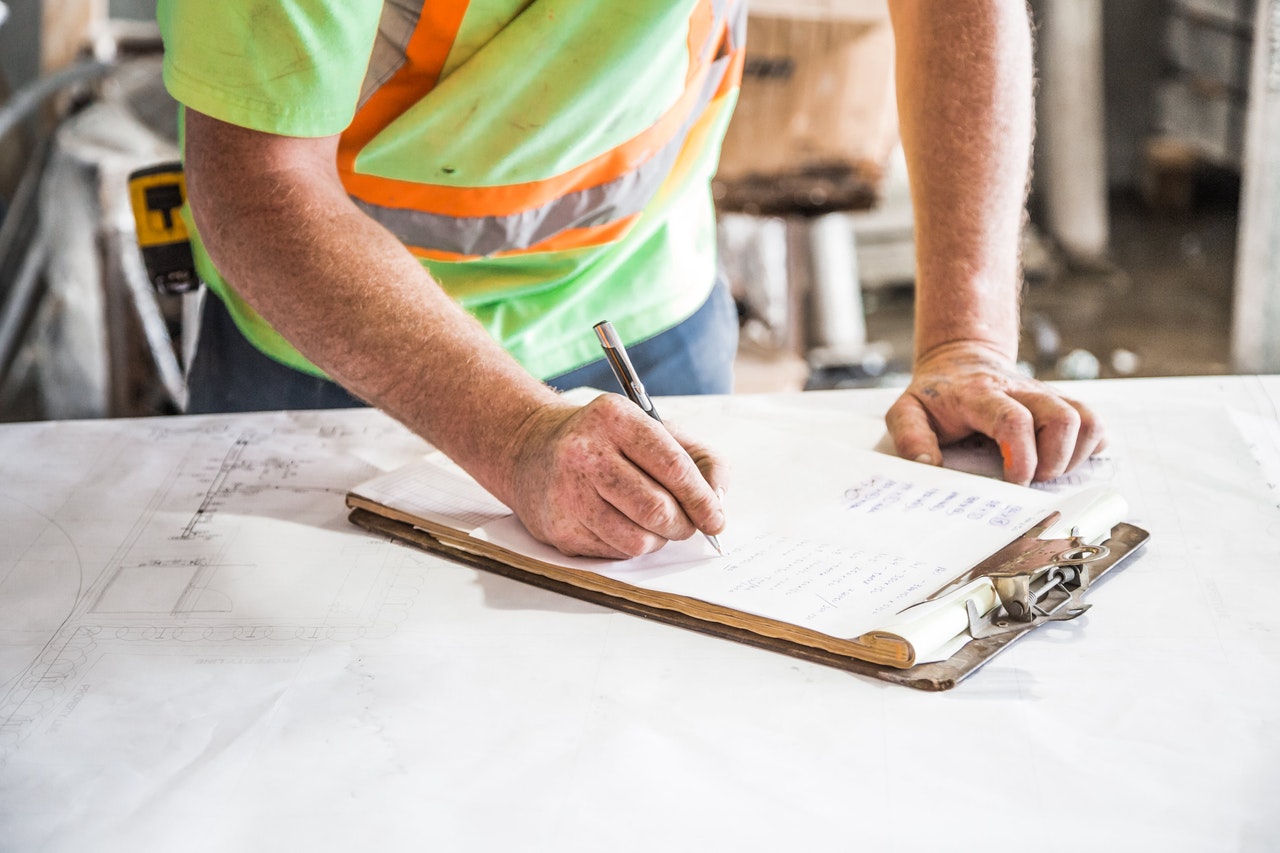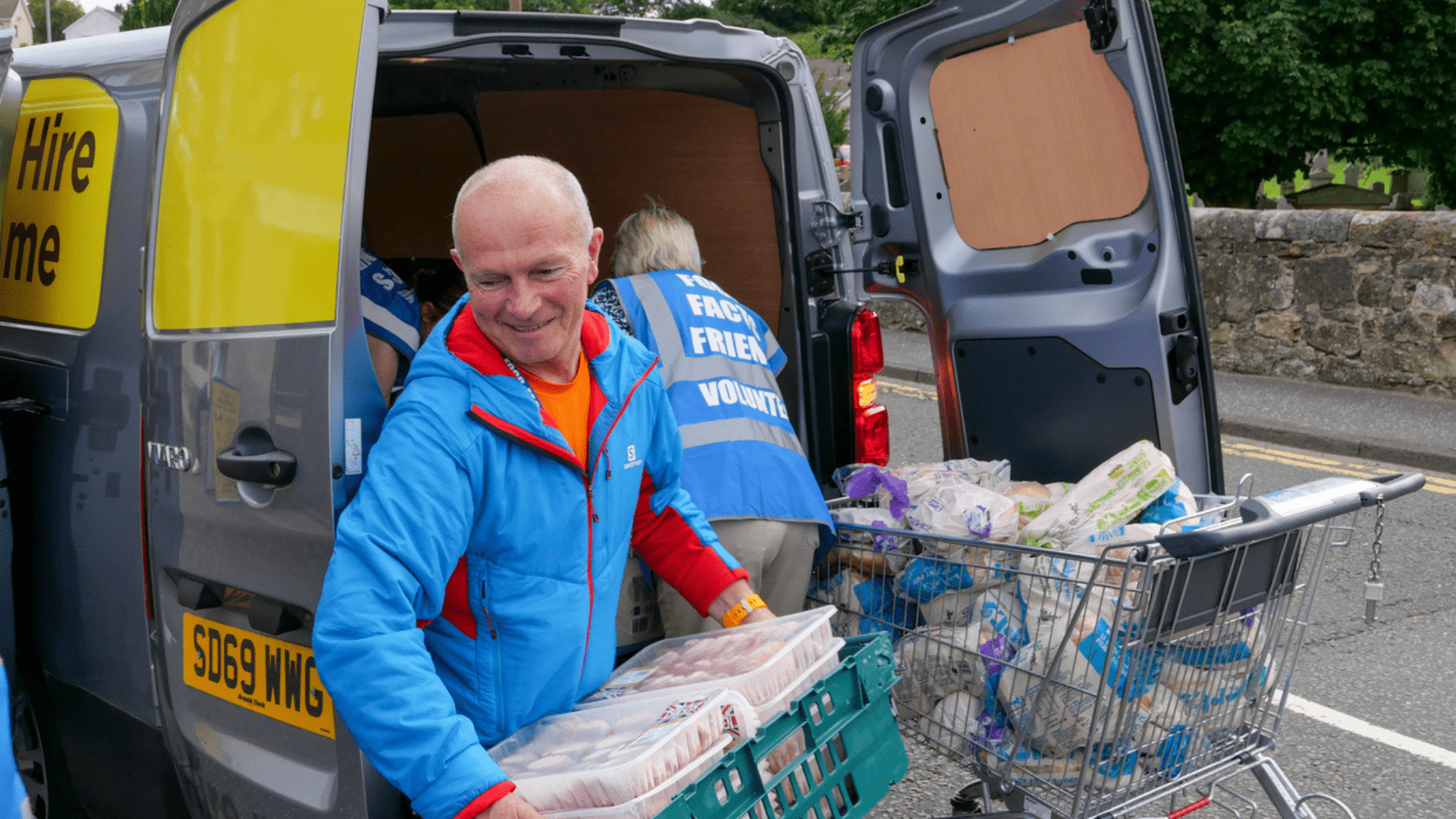
August 9, 2021
Planning Construction Projects That Work For The Community in 4 Simple Steps
Planning construction projects is both fundamental and challenging. From their design to completion, and however large or small they might be, the planning process will always involve managing and executing factors that relate to people, resources, and budget, in order for the project to be successful. As a result, it is important for construction project managers to identify any opportunities for the communities both in which the developments are based as well as the ones their workers inhabit. Aside from the initial defining of roles, responsibilities and teams involved, planning construction projects should consider the ways to engage your community and add social value. This will ensure the process can also be one that remains efficient and profitable.
In this blog, we’ll cover the benefits of planning construction projects that work for the community and the steps necessary to establish and maintain a positive working relationship between construction companies and community members.
Planning Construction Projects Step 1: Consult Your Community
While new developments are not naturally opposed by residents, companies should consider conducting a community consultation in the early stages of planning construction projects to develop long-term relationships with local stakeholders. The level of involvement for residents can vary, depending on what goals construction companies are seeking to achieve. These could simply inform and educate community members or obtain their input to better understand the community context as well as respond to and improve the needs of the area whilst they’re working there.
Planning Construction Projects Step 2: Inform and Educate Members
When planning construction projects, it’s critical to ensure members of the community are kept periodically informed about the process and progress of a project. For some companies, using newsletters, flyers and social media are effective ways to reach and update a wider audience. Others preferring more participation from residents might host in-person meetings, events, and interviews or organise surveys. These methods enable locals an opportunity to be actively involved in planning construction projects, feel heard in voicing any ideas and concerns, and contribute in discussions that decide the end result.
If the construction project will physically impact the community, such as by increasing traffic, noise disruption or by visually imposing in its size or form, it’s important to involve local stakeholders in the design and vision to suit their needs and garner their support overall. With this favourable position in mind, companies planning construction projects are more likely to overcome initial hesitations among community members by creating social value instead, access and leverage community resources, and, as a result, complete the project successfully.
Planning Construction Projects Step 3: Understand Community Context
Understanding the community in terms of its history, culture, socio-economic background and demographics are all important factors to consider for planning construction projects. These insights will help construction companies to establish how the site area is used currently and how the development may affect the residents in a bid for them to improve the use of space and benefit from these changes. In addition, companies will discover the best means of communication with residents to ensure that the information is made as accessible to them as possible. With a diverse mix of individuals and groups to engage, the approach of community consultations should be flexible in order to appeal to varying interests, cultures, age groups, and even levels of education. This could involve, for example, translating information into different languages, ensuring the tone used is always warm and inviting, and avoiding the use of complex jargon.
In addition, this understanding helps inform construction companies of what time, location and even frequency of consultations will receive a higher turn-out rate and be more inclusive for residents to attend. It’s important to keep in mind community members who might be restricted by their hours or working outside of the area, roles as parents or carers, or reliance on public transit, for example. Receiving feedback input from a mix of local stakeholders for planning construction projects will obtain a balance of suggestions for how companies can best improve and positively impact the lives of its members. This also poses a great way for companies to test the market for development prospects and business opportunities.
Planning Construction Projects Step 4: Determine Local Needs
Companies planning construction projects can build their credibility, trust and support of the community by responding to their local needs. Often, local stakeholders are highly encouraging of any construction efforts that improve community services and facilities as well as the quality of life for its residents. Planning construction projects that also involve regeneration programmes, create jobs and skills training, enable growth, and connect community members are all welcome, particularly amidst our post-pandemic recovery. With these in mind, it’s important for construction companies to reciprocate their support in the development and sustainability of local communities, such as through contracting local tradesmen and merchants, engaging local culture and arts organisations in the design and garnering the active participation of local charities, social enterprises and services, and youth support in the development’s vision.
Overall, it is clear that there are plenty of benefits for planning construction projects that work for the community. When community members are supportive of the developments proposed and the construction companies themselves, the projects are more likely to be successful and the businesses involved can enhance their reputation, CSR impact and social value as a result.
At Investors In Community, we provide a platform for businesses to donate their time and resources to meaningful community causes and, for every effort you contribute, you’ll receive Community Credits. These tokens each quantify your company’s social responsibility and can be collected to build on your score. Community Credits enable businesses to showcase their valuable contributions to their website and social media audiences, raising brand awareness, reinforcing a positive and ethical brand image as well as advancing their position for tendering processes. To learn more about how your business can improve brand awareness and engagement as well as the world around you, request a free demo of our digital platform.









